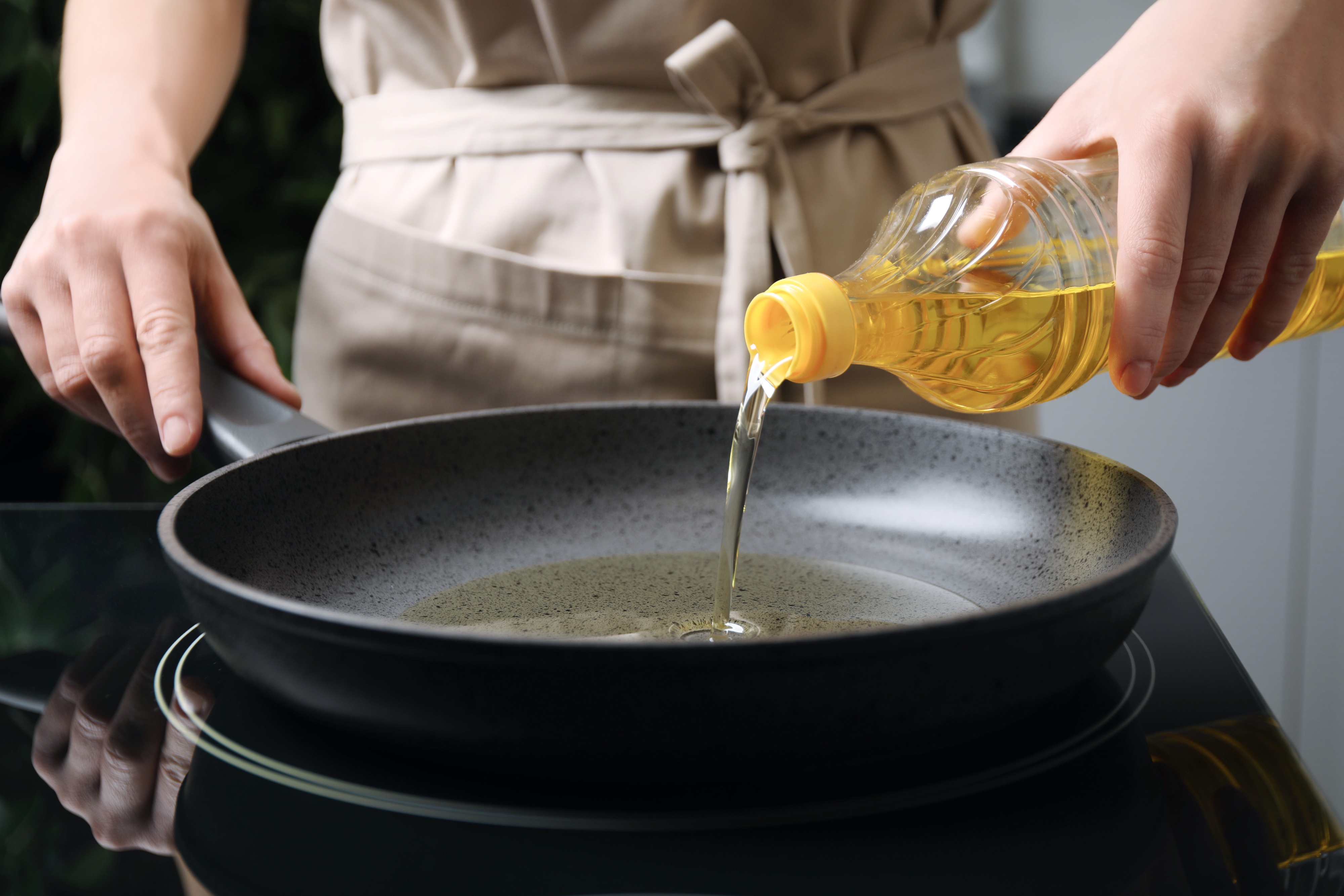If you regularly cook up a storm, you’ll need to know how to dispose of cooking oil the right way. Be it frying or browning our favorite foods, we’re often left with excess oil at the end of the day. While we often think the easiest (and quicker) way would be to pour oil down the sink or into the toilet, you’ve been doing it all wrong.
In fact, this will cause more harm than good. Once oils solidify, they form congealed clumps of fatty waste called "fatbergs. " This will inevitably clog up pipework, and wreak havoc on your drains.
What’s more, these fatbergs can cause sewage backups, which can also pollute local waterways. Plus, the last thing you need is to spend money on expensive repairs, or plumbing call-outs. Luckily, there are safer, and more frugal ways for disposing leftover oil.
So, whether you want to reuse or recycle, here’s how to dispose of cooking oil the right way. First, wait for the cooking oil to cool down completely to prevent burns or any serious accidents. Wait for a few hours to cool, or leave the oil out overnight until it comes to room temperature.
In addition, never lift or move pots or pans full of hot oil for safety reasons. Once the cooking oil has cooled down, transfer it into a non-recyclable container with a lid, before throwing it into the garbage can. Ideal containers include styrofoam with lids, cardboard milk cartons or any other paper containers lined with wax or plastic.
This method is far safer than pouring cold oil straight into the trash can. Not only can this be messy, but can attract flies and rodents. If you don't have a resealable container at hand, another option is to pour the oil into a jar, can or mug, and freeze for a few hours.
Once it’s solid enough, use a spoon to scoop out the oil directly into the garbage can. This will eliminate any messy spills and odors. First, strain the oil through a coffee filter or a layer of cook’s, cotton muslin (cheesecloth) to remove any particles or crumbs in the leftover oil.
Then, pour it into a clean, airtight container or bottle using a funnel. Peanut butter jars or plastic containers with screw tops are also ideal for storing cooking oil. It’s also handy to label the container with the date, and what type of foods it was used to cook with.
Bear in mind, you should only reuse oil once or twice due to the increase of smoke points, and always throw it out when it has a horrid smell. Alternatively, you can donate your cooking oil to be recycled into biodiesel. Find out if your city offers collection programs for recycling used cooking oil, or check Earth911 (opens in new tab) to see if there's an oil recycler near you.
Depending on the region, some trash companies might offer bins that you can set out for their specific collection times. Biodiesel is a clean-burning, renewable substitute for petroleum diesel. This is often used for city trucks and fleet vehicles, and is far cleaner for the environment than other fuels.
If you don't wish to freeze or reuse cooking oil, you can mix leftover oil with an absorbent material before throwing it out. Materials such as sand, sawdust or even cat litter will easily soak up the liquid. Save old oil in a used container, and tip into the litter when it’s time to empty the box into the garbage can.
If you enjoy healthy eating, here’s how to cook using less oil , or you can invest in one of the best air fryers . Just be sure to check out our guide on how to use an air fryer for the best results. If you love rice to go with your foods, here are 8 reasons why you should buy a rice cooker.
.

